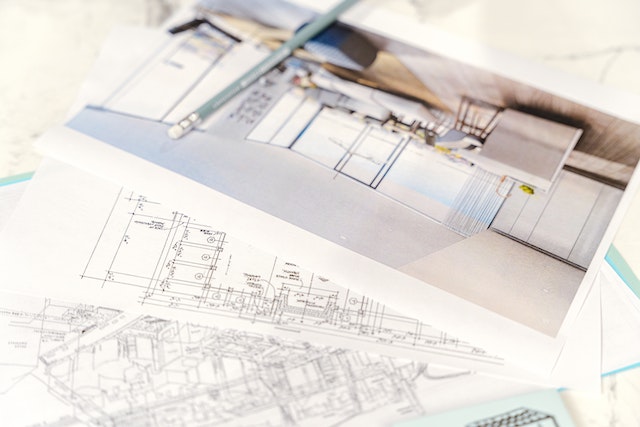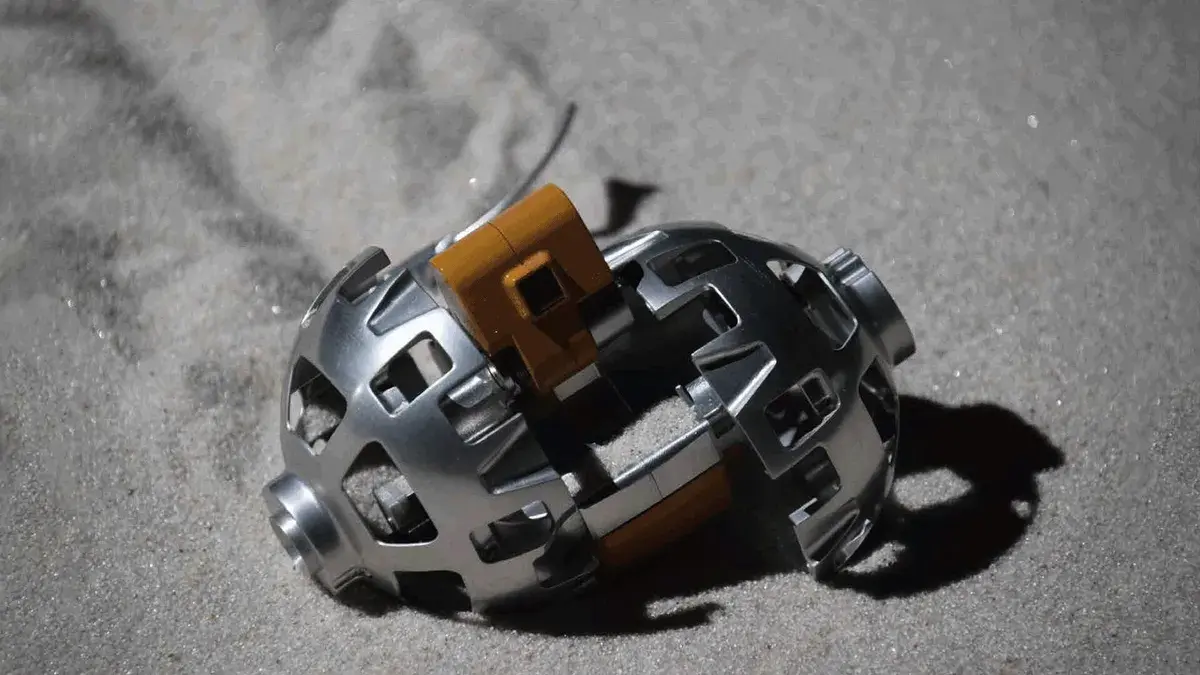Books are the most valuable possessions for readers, yet bookstores have ignored them for a long time. Every time you purchase a cosmetic object, the packaging is first-rate, and the enterprise spends a lot on generating its beautiful product boxes.
Unfortunately, when you visit any bookshop to purchase books, you are normally given an antique carton or maybe a brown paper bag to preserve the books. Regrettably, despite organizations and industries having improved substantially and recognizing the importance of packaging for their goods, bookshops live on in lots in the same location as they did decades in the past.
It’s additionally genuine that readers will not buy a book because of its appealing packaging; books are treasured items that don’t want any greater packaging; though, bookstores need to realize that they are brands and that how they market their goods will impact the general public. Many bookstores have started to customize their packaging for books to grow their brands’ marketability. This article discusses the value of book boxes and how they may improve consumer experience and sales.
How To Create Custom Packaging Boxes For Boxes?
Packaging can make or destroy a product’s appearance. It’s the primary thing that a client notes and it has the potential to form their complete perception of the product. That’s why it’s crucial to get your packaging proper. But what in case you don’t have to get expensive printers or special devices? That doesn’t suggest you may create custom packaging boxes together with your brand! In this text, we will display a way to do just that: the use of inexpensive custom packaging ideas for packaging your antique books.
What You Will Need?
To create custom packaging containers along with your brand identity, you will need a printer and a few supplies. First, you will need to print out your brand logo on a standard-size field or material. Next, cut out the logo with the use of a knife or scissors. Finally, use a warm glue gun or an adhesion to connect the brand logo to the top of the book box.
6 Ideas For Designing Book Packaging With Your Logo
When it comes to small publishers, custom book boxes with low minimums can be a game changer and help them create professional packaging without the need for large orders. Customized box-making can be an outstanding way to sell your brand and differentiate yourself from the competition. Creating custom packing containers may be a time-consuming process, but with the proper materials and components, it’s not too difficult. Here are a few tips on the way to create custom packaging boxes for your book together with your brand identity:
1. Choose a Packaging Style
There are a few exclusive styles of customizable packing boxes to be had on the market, inclusive of hard cases, CD sleeves, and cardboard boxes. Choosing the right type of custom book boxes for your product or service is important so that your customers know exactly what they are getting. When you have decided on the packaging style it will be easy for you to choose a suitable packaging material to customize your packaging.
2. Go With a Suitable Material
Boxes come in several materials, such as cardboard, vinyl, wood, chipboard, and rigid. It’s critical to select the proper material for your product so that it doesn’t get damaged all through shipping. Some materials are more long-lasting such as rigid, so it’s worth considering those options while making your choice.
3. Create a Design Template
Before starting any cutting or shaping work on your custom packaging containers, it’s important to create a design template to help you organize your work efficiently. This template must encompass information about the size of each panel (width and peak), as well as the layout of text and logos on every side of the box.
4. Die-Cutting
Cut out pieces using templates with the use of a craft knife or scissors. Make certain to consider the seam allowances when reducing your panels.
5. Assembling
Assemble the panels with the usage of a warm glue gun and adhesives, which include rivets or screws. Put all sides together in the desired shape, then label them with the corresponding side of the field.
6. Give A Final Touch
Finish the box packaging by making use of a finish, such as a sealant or lacquer. This will guard the box from moisture and damage in the course of shipping.
Follow the Eco-Friendly Packaging Trend
The next thing to keep in mind is that your custom packaging should be environmentally friendly. Like all industries, eco-friendly packaging has ended up a widespread challenge and customer concern while thinking about which groups to do business.
Issues including plastic pollutants, ethically certified sustainable sources, and energy intake at some stage in production have been spotlighted in recent years.
Currently, 61% of clients say they are likely to switch brands if the modern logo they buy from isn’t environmentally conscious, so following this eco-trend benefits the surroundings and your enterprise.
Taking steps like using sustainable and reusable packaging resources, making sure less energy is consumed during package deal production, and sourcing eco-friendly packaging materials for your packaging containers will shine a wonderful light on your brand.
Other eco-friendly options to take into account whilst making plans for your custom container packaging designs include reusable packaging, customizable packaging, and multi-purpose packaging.
Resealable mailers are a choice that permits the customer to reuse the packaging after receiving it, or if you are feeling more creative, keep in mind designing your box packaging in a manner that may function as another purpose after its primary purpose is complete.
Getting innovative along with your packaging and designing it to be reusable is an effective way to extend your bundle’s life cycle and reduce your enterprise’s environmental footprint.







